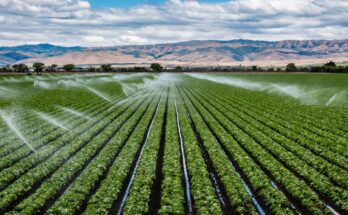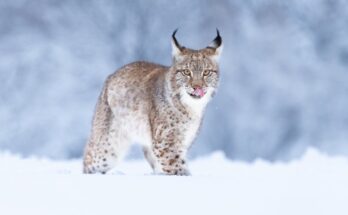The kangaroo is one of the most common Australian mammals. This solitary mammal lives in parts of the eastern third of the continent. It feeds mainly on grasses, especially young ones, that are high in protein. It will occasionally inhabit forests, but prefers drier regions. The kangaroo needs little water, as it gets enough moisture from its diet. As such, it rarely needs to seek out water in the wild.
The word ‘kangaroo’ is derived from the Guugu Yimithirr language, ‘gangurru’. It was first recorded as ‘kanguru’ on 12 July 1770, when the HMS Endeavour was beached at the site of modern-day Cooktown. Cook’s crew was repairing damage to the Great Barrier Reef at the time, and in a diary entry on 4 August, Lieutenant James Cook first mentions the kangaroo.
The kangaroo’s limbs are made of three bones: the femur and the tibia. The tibia is double the size of the femur, and its “z”-shaped hind legs act like giant springs. In a single bound, a kangaroo can jump thirty feet. Its front legs are also strong enough to serve as a third leg.
Various species of kangaroos have different diets. Eastern grey kangaroo is a grazer, while the red kangaroo is an omnivore that eats trees and shrubs. It also eats fungi, which are called hypogeal. Several species of kangaroos are crepuscular and nocturnal, and spend their cool evenings moving.
Red kangaroos are perceived by farmers and graziers as pests. Their problems include competition with livestock and damage to crops and fences. Licensed shooters have been designated to kill kangaroos and keep them from invading the countryside. A quota for culling is set every year based on aerial surveys of kangaroo populations. Many of these kangaroos are harvested for their meat.
Female kangaroos usually give birth to one young every year. The young joey is about 2 centimeters long and weighs less than a gram. It crawls up its mother’s body to her pouch and attaches its mouth to her teats. The pouch remains closed for the first 120 to 450 days. After this time, the joey will leave the pouch.
Red kangaroos live in mobs of around ten to fifteen individuals. Males are seldom present in these mobs. Some groups can contain up to 1,500 individuals. Most red kangaroos spend their active time grazing in the shade and resting in the morning and evening. They will stamp their feet to warn others and enter their pouches. If they are attacked by a predator, they will immediately attack it and cause an injury.
The kangaroo has a tail the length of its body, and it acts as a massive rudder when it hops. The kangaroo can even rock back on its tail while delivering powerful kicks with both legs at the same time. The kangaroo’s hind legs are attached so that it can move them together and separately. They can jump over tall trees and climb near vertical slopes.
Additional Resources:
Horses
Dogs
Cats
Tigers
Tarsiers


